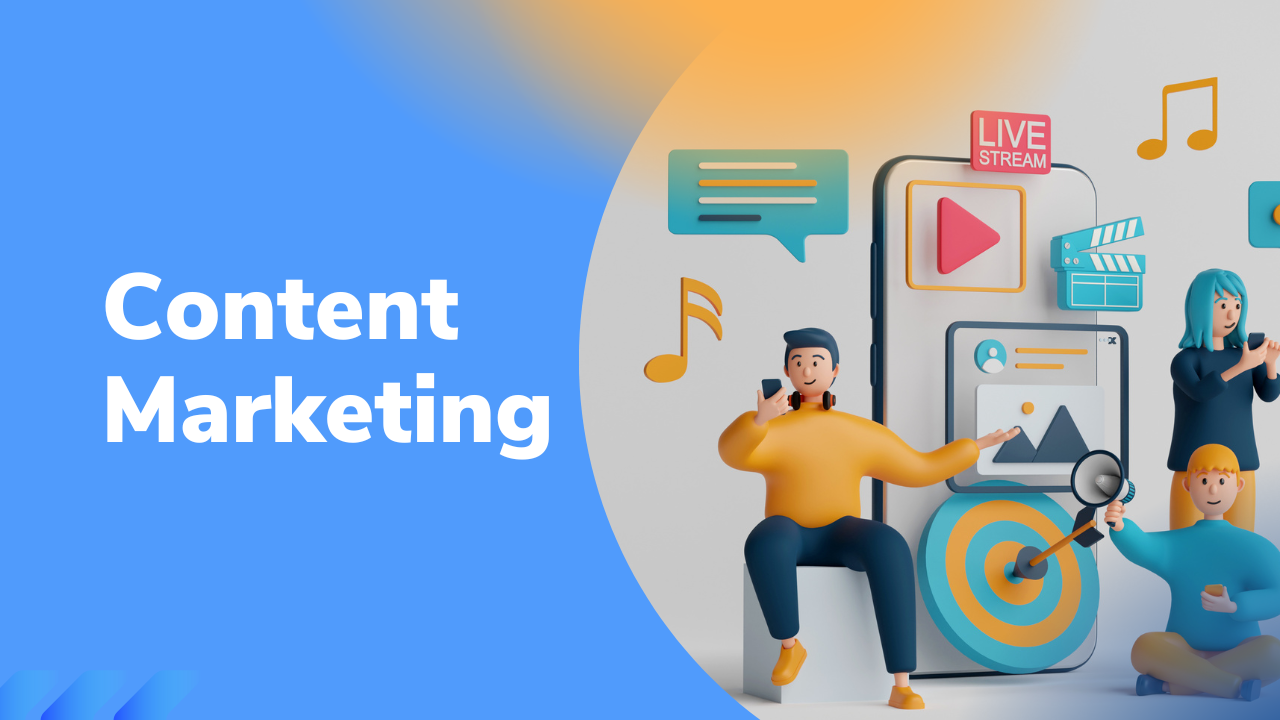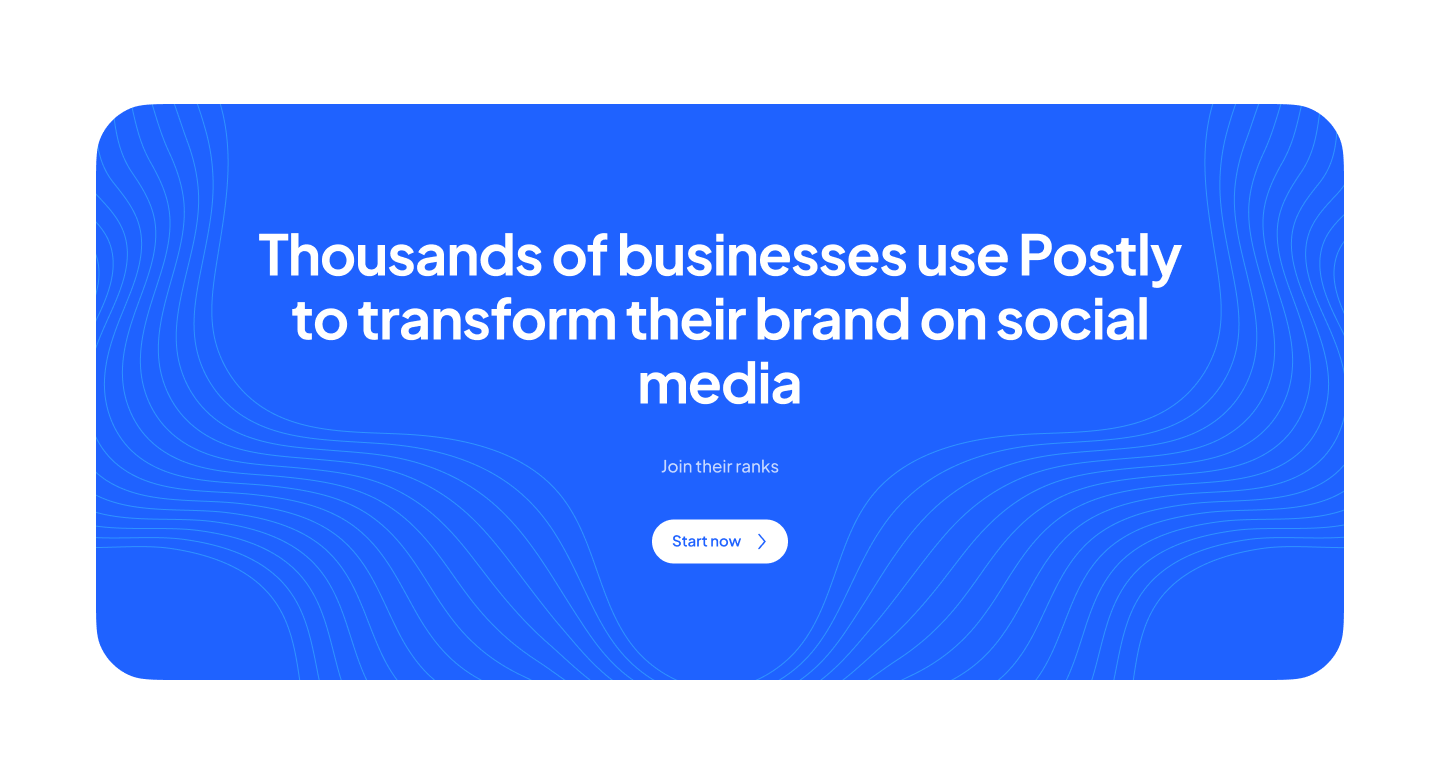Glossary of content marketing terms

Content Marketing Glossary
- Content Marketing: A strategic approach to creating and distributing valuable, relevant content to attract and engage a target audience.
- Content Calendar: A schedule that outlines when and what type of content will be created and published.
- Content Strategy: A plan that defines content goals, target audience, content creation, distribution, and performance measurement.
- SEO (Search Engine Optimization): The practice of optimizing content to rank higher in search engine results, increasing visibility and organic traffic.
- Content Creation: The process of generating text, images, videos, or other media for content marketing efforts.
- Evergreen Content: Content that remains relevant and valuable to the audience over an extended period, often not tied to specific dates or events.
- Blog Post: An article or piece of content published on a blog.
- CTA (Call to Action): A prompt within content that encourages the reader or viewer to take a specific action, such as subscribing, downloading, or purchasing.
- Landing Page: A web page designed to capture visitor information or guide them toward a specific action, often linked from content.
- Lead Magnet: An incentive offered to website visitors in exchange for their contact information, typically in the form of downloadable content like eBooks, guides, or templates.
- Content Management System (CMS): Software that allows users to create, manage, and publish digital content, often used for websites and blogs.
- Inbound Marketing: A strategy that focuses on attracting potential customers through valuable content and experiences.
- Content Amplification: Strategies used to extend the reach of content through social media, email marketing, paid advertising, and other methods.
- Content Syndication: Sharing content on multiple platforms, websites, or publications to reach a wider audience.
- Content Marketing KPIs: Key Performance Indicators specific to content marketing, including metrics like page views, time on page, and conversion rates.
- Content Management Team: A group responsible for the planning, creation, editing, and distribution of content.
- Content Engagement Rate: The percentage of users who interact with content, including likes, comments, and shares.
- Content Personalization: Tailoring content to the individual preferences and characteristics of specific users.
- Content Marketing Strategy: A comprehensive plan that defines content goals, target audience, content creation, distribution, and performance measurement.
- Content Marketing Institute (CMI): A well-known organization and resource for content marketing professionals.
- Content Marketing Funnel: A model that illustrates how content moves users from awareness to conversion, often divided into stages like awareness, consideration, and decision.
- Content Optimization: The process of improving content to make it more relevant, informative, and appealing to the target audience.
- Content ROI (Return on Investment): The measurement of the effectiveness of content marketing efforts in generating revenue and achieving business goals.
- Content Scraping: Unauthorized copying or scraping of content from websites or publications, often for unethical or illegal purposes.
- Content Sequencing: A strategy that involves creating content in a specific order to guide users through a series of related topics or concepts.
- Content Siloing: Organizing content into distinct thematic categories or silos to improve website structure and user experience.
- Content Shareability: The likelihood of content being shared by users on social media or other platforms.
- Content Spinning: The practice of rewording or repurposing existing content to create variations for use in different contexts.
- Content Strategy Template: A pre-designed framework for creating content strategies, often including elements like goals, audience, and distribution plans.
- Content Workflow: The systematic process of creating, editing, approving, and publishing content, often involving multiple team members or departments.
- Cornerstone Content: High-quality, comprehensive articles or pages that serve as the foundation for a website's structure and content.
- Curated Content: Content created by aggregating and sharing valuable information and resources from various sources.
- Distributed Content: Content that is published and promoted on various platforms and channels, such as social media, third-party websites, or email newsletters.
- Duplicate Content: Identical or substantially similar content that appears on multiple webpages or websites, often leading to SEO issues.
- Ebook: An electronic book in digital format, often used as a lead magnet or educational resource.
- Email Newsletter: Periodic emails sent to subscribers with updates, content, or offers.
- Engagement Metrics: Data and measurements that assess user interactions with content, such as likes, comments, and shares.
- Evergreen Content Strategy: A long-term content strategy that focuses on creating content with lasting value.
- Influencer Content: Content created by or with the participation of influencers to promote a brand or product.
- Interactive Content: Content that engages users by allowing them to interact with it, such as quizzes, polls, and interactive infographics.
- Keyword Research: The process of identifying and selecting keywords and phrases for content optimization and search engine ranking.
- KPI (Key Performance Indicator): Metrics and measurements used to evaluate the effectiveness and success of content marketing efforts.
- Long-Form Content: Comprehensive, in-depth content that provides detailed information on a topic, often exceeding 1,000 words.
- Microcontent: Small, concise pieces of content designed for quick consumption, such as social media posts, captions, or headlines.
- Multichannel Marketing: A strategy that involves distributing content across multiple channels and platforms to reach a broader audience.
- Native Advertising: Paid content that matches the format and style of the platform where it's displayed.
- Organic Content: Content that is naturally discovered and shared by users without paid promotion.
- Owned Media: Content and assets that are directly controlled by a brand, such as its website and social media profiles.
- Repurposed Content: Adapting existing content into different formats or for use on various platforms.
- Responsive Design: A web design approach that ensures content displays and functions properly on various devices and screen sizes.
- ROI (Return on Investment): The measurement of the financial return on content marketing investments.
- RSS Feed: A format for distributing regularly updated content, often used by websites and blogs to provide readers with new posts.
- Snippet: A brief section of content or code that provides a preview or summary of a larger piece of content.
- Storytelling: Creating narratives and compelling stories in content to engage with the audience on an emotional level.
- Tagging: Categorizing and labeling content with relevant keywords or tags for easier organization and discovery.
- UGC (User-Generated Content): Content created and shared by users that promotes a brand or its products, often through contests or hashtags.
- Video Content: Content in video format, often used for tutorials, marketing, or entertainment.
- Viral Content: Content that spreads quickly and widely across various channels, often due to its compelling or shareable nature.
- White Paper: A detailed and authoritative report or guide on a specific topic, often used for educational or thought leadership purposes.
- A/B Testing: Experimenting with different content elements (e.g., headlines, images) to determine what resonates best with the audience.
- Anchor Text: The clickable text in a hyperlink, often providing information about the linked page's content.
- Authoritative Content: Content that is well-researched, credible, and informative, often considered an industry reference.
- Bounce Rate: The percentage of visitors who leave a webpage without interacting with it, often used as a measure of content engagement.
- Content Audit: An evaluation of existing content to assess its quality, relevance, and effectiveness.
- Content Delivery Network (CDN): A network of servers that helps deliver content, such as images and videos, to users more efficiently.
- Content Gap Analysis: An assessment of areas where a brand's content is lacking or where competitors are excelling.
- Content Management System (CMS): Software that allows users to create, manage, and publish digital content, often used for websites and blogs.
- Content Quality: A measure of the value, accuracy, and usefulness of content to the audience.
- Content Refresh: The process of updating and enhancing existing content to keep it relevant and valuable.
- Content Relevance: The degree to which content matches the interests and needs of the target audience.
- Content Strategy Template: A pre-designed framework for creating content strategies, often including elements like goals, audience, and distribution plans.
- Content Workflow: The systematic process of creating, editing, approving, and publishing content, often involving multiple team members or departments.
- Cornerstone Content: High-quality, comprehensive articles or pages that serve as the foundation for a website's structure and content.
- Curated Content: Content created by aggregating and sharing valuable information and resources from various sources.
- Distributed Content: Content that is published and promoted on various platforms and channels, such as social media, third-party websites, or email newsletters.
- Duplicate Content: Identical or substantially similar content that appears on multiple webpages or websites, often leading to SEO issues.
- Ebook: An electronic book in digital format, often used as a lead magnet or educational resource.
- Email Newsletter: Periodic emails sent to subscribers with updates, content, or offers.
- Engagement Metrics: Data and measurements that assess user interactions with content, such as likes, comments, and shares.
- Evergreen Content Strategy: A long-term content strategy that focuses on creating content with lasting value.
- Frequency: The regularity or timing of content publication, such as daily, weekly, or monthly.
- Header Tags: HTML tags (H1, H2, H3, etc.) used to structure and organize content, often for SEO purposes.
- Headline: The title or heading of a piece of content, often the first element users see.
- Image Alt Text: A descriptive text associated with an image, used to provide information for users with visual impairments and for SEO.
- Inbound Marketing: A strategy that focuses on attracting potential customers through valuable content and experiences.
- Infographic: Visual content that presents information, data, or concepts in a graphic and easily digestible format.
- Internal Linking: The practice of including links to other pages or content within a website for improved navigation and SEO.
- Keyword Density: The frequency of a keyword or phrase within a piece of content, often considered in SEO.
- Keyword Research: The process of identifying and selecting keywords and phrases for content optimization and search engine ranking.
- KPI (Key Performance Indicator): Metrics and measurements used to evaluate the effectiveness and success of content marketing efforts.
- Lead Nurturing: The process of building and maintaining relationships with potential customers through content and communication.
- Long-Form Content: Comprehensive, in-depth content that provides detailed information on a topic, often exceeding 1,000 words.
- Meta Description: A concise summary of a webpage's content that appears in search engine results.
- Microcontent: Small, concise pieces of content designed for quick consumption, such as social media posts, captions, or headlines.
- Multichannel Marketing: A strategy that involves distributing content across multiple channels and platforms to reach a broader audience.
- Native Advertising: Paid content that matches the format and style of the platform where it's displayed.
- Organic Content: Content that is naturally discovered and shared by users without paid promotion.
- Owned Media: Content and assets that are directly controlled by a brand, such as its website and social media profiles.
- Repurposed Content: Adapting existing content into different formats or for use on various platforms.
- Responsive Design: A web design approach that ensures content displays and functions properly on various devices and screen sizes.

